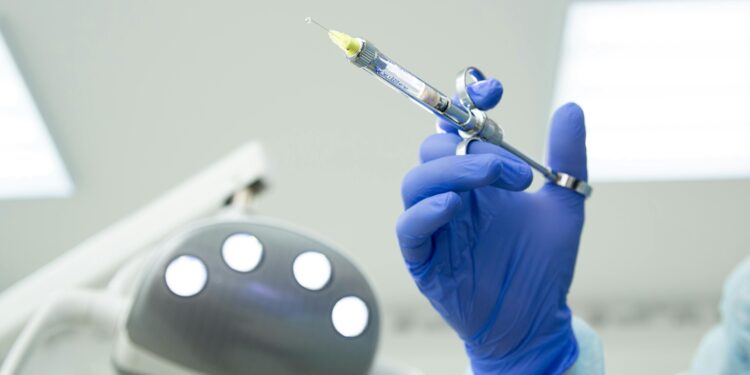Having surgery is nothing but pain. Anesthesia is a medical method that doctors use to alleviate pain. This procedure is used to keep patients unconscious or numb in specific areas for surgery or medical examinations.
In the past, people used to treat pain in a variety of ways, including herbal medications and even alcohol. It wasn’t until the 1800s that doctors developed stronger pain relievers, such as ether and chloroform. This was a tremendous innovation that altered the way procedures were performed, making them much safer and more manageable.

The Role of Anesthesia in Modern Medicine
Anesthesia allows surgeons to do long surgeries, such as heart transplants or brain surgery, without inflicting pain on patients. Because anesthetic makes surgery painless, doctors can take their time and be extremely accurate without fear of the patient being in pain.
Furthermore, anesthetics are used for tests such as endoscopies and colonoscopies. These entail introducing cameras or equipment inside the body to diagnose abnormalities. These procedures can be difficult or painful if not performed under anesthesia.
Type of Anesthesia
Anesthesia comes in different types and these various types are used depending on what kind of surgery the doctors want to perform on the patient.
General Anesthesia: General anesthesia makes the patient completely unconscious so they won’t feel, see, or remember anything during the surgery. It’s used for big and long surgeries like heart surgery.
Local Anesthesia: This numbs a small, specific part of your body. It’s used for small procedures like getting stitches or dental work. The patient will stay awake and aware, but they won’t feel any pain in the numbed area.
Regional Anesthesia: This numbs a larger area, like an entire arm or the lower half of the patient’s body. It’s used for procedures like childbirth (epidurals) or leg surgery. The patient is awake but won’t feel anything in the numbed region.
Sedation: Sedation makes the patient feel very relaxed and sleepy, but they might not be completely unconscious. It’s used for less intense procedures like colonoscopies. The patient might be awake but very groggy and won’t remember much of the procedure.
One instance of the use of sedatives was in the movie TED season 1: episode 3, where Matty was scared of getting a colonoscopy done. He feared that when he got sedated, he’d spill his biggest secret. Therefore, he asked his niece, Blair, to come with him to the hospital and yell on top of her lungs if he begins to spill his secret in his sedated condition.
Benefits of Anesthesia
- Better Comfort for Patients
- Lower Risk of Surgery Problems
- Allows for Complex Procedures
Side Effects of Anesthesia
While anesthesia is usually safe, it can have some side effects such as common side effects and more serious complications.
Common side effects
- Nausea and vomiting
- Headache
- Sore throat
Serious Complications
- Allergic reaction
- Heart problems
- Breathing issues
- Cognitive impairments
- Memory loss
Should Doctors Be Using Anesthesia?
A few important considerations should be made when doctors decide whether to use anesthesia. One of these is assessing the advantages and disadvantages of anesthesia. It is also the ethical responsibility of doctors to use anesthetics carefully. They have to make sure that the patient is receiving the best care possible and that no needless harm is being done. The goal is to do what’s best for the patient’s health and safety.
Furthermore, there should be informed consent which means that patients should know everything about the anesthesia they’ll be given, including what it does, possible side effects, and risks. This way, they can make an informed decision about whether they want to go through with it.
Conclusion
In summary, anesthesia is important for medicine because it helps control pain and allows doctors to carry out complex surgeries. Although it has many advantages, such as reducing risks and improving surgical comfort, it can also have negative consequences and possibly dangerous complications. Future anesthetic research and advancements should make it increasingly safer and more efficient.

















